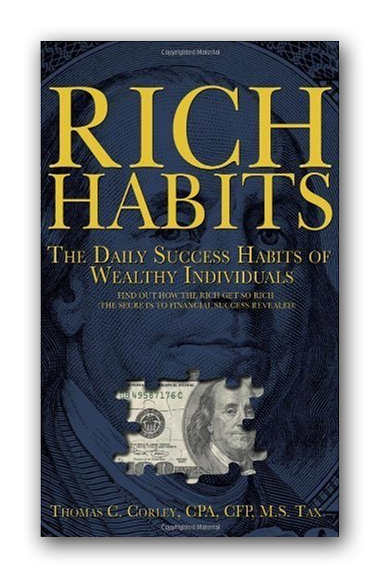 Passion is the #1 and, by far, most important attribute of self-made millionaires. It is the catalyst that transforms ordinary individuals into exceptional individuals. When you pursue something you are truly passionate about, your life will change for the better. You know you have found that thing you are truly passionate about when it occupies your thinking 24/7. It consumes your waking moments and your dreams. Passion unleashes the following success attributes :
Passion is the #1 and, by far, most important attribute of self-made millionaires. It is the catalyst that transforms ordinary individuals into exceptional individuals. When you pursue something you are truly passionate about, your life will change for the better. You know you have found that thing you are truly passionate about when it occupies your thinking 24/7. It consumes your waking moments and your dreams. Passion unleashes the following success attributes :
- Passion causes persistence.
- Passion transforms even the laziest person into a workaholic.
- Passion infuses you with creativity.
- Passion allows you to overcome mistakes and failures.
- Passion turns obstacles, the size of mountains, into paved roads.
- Passion produces unforced focus, the most powerful type of focus.
- Passion gives you unlimited energy.
- Passion produces extreme willpower, the most powerful type of willpower.
While it is still possible to “do well” in life without passion, you will never reach your full potential without it. Your success will be stunted; a fraction of what it could be. Finding your passion in life should be your main focus because with passion all of your wishes and dreams become your reality. Passion forces you to grow into the person you need to become in order for success to visit you. It is the first domino of success, which when put in motion, sets in motion all of the other dominos of success.







